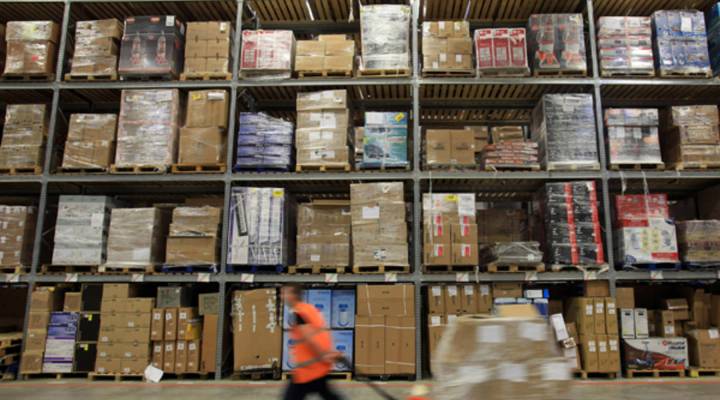
Returns help retailers play for keeps

Tracey Poston loves the ease and convenience of shopping online at her favorite stores like J. Crew and Ann Taylor. She also really likes being able to return what she doesn’t want for free. Like many people who purchase shoes and clothing from online retailers, Poston is often unsure which size to order.
“I’ll tend to order in multiple sizes and see which one fits me best,” Poston says.
Whatever doesn’t work gets sent back. She even has a system for her fiance who hates shopping.
“What I’ll tend to do is order him five or six items, have him try them on at home, and then whatever he doesn’t like, I’ll take it back,” Poston said.
Dana Vickers Shelley turned to online shopping after moving to Alabama.
“I love the real-life shopping experience, but given where I live, I don’t have access to the kinds of stores and merchandise I really like,” says Shelley, who frequently finds herself returning shoes that don’t fit.
Online shopping is becoming more like traditional shopping, with customers trying on multiple items, keeping only what they like, then shipping back the rest on the retailer’s dime. Paul Argenti, a professor of corporate communications at Dartmouth’s Tuck School of Business, says, for e-retailers, frequent returns are a part of business.
“I don’t see how you can operate in a world where people can’t go through the different products and try them on,” Argenti said. “Unless there’s some new technology that allows us to really get the size and color right.”
Because they’re absorbing the cost of the returns, retailers are keen to cut down on the number. Some are turning to customer data to determine what is being returned and why. Often, it’s a simple matter of size.
“There’s no consistency anymore in what a 2 is or what a 10.5 is,” said Bill Adler, CEO of True Fit Corp., which partners with retailers like Nordstrom and Macy’s, and uses customer-created profiles to help predict which items will fit, and which won’t.
Retailers say data allows them to make a stronger pitch to potential customers, identifying who is a likely buyer and who is likely to buy, then return.
“Everybody returns stuff once in a while,” said Omer Artun, CEO of the software service AgilOne. What you’re trying to detect is someone that does this very often.” AgilOne allows retailers to track what customers are browsing on the website, what items they’re clicking on, what colors and styles they’ve explored, and what they’ve purchased.
Modcloth, an online retailer that sells clothes, shoes and accessories for women, lets customers to interact with one another, comparing how different sizes flatter their shapes, and consulting with a Modcloth stylist for advice on what works and what doesn’t.
Scott Casciato, Vice President of Service for Modcloth, says the company, which has a free return policy, views returns as an integral part of the retail experience. Sometimes, though, a high volume of returns on a particular product is evidence that it just doesn’t belong on the virtual shelves.
“If we’re just seeing a product that continues to be returned, and is not really a hit, yeah, we’ll make different buying decisions based on that, for sure,” Casciato says.
There’s a lot happening in the world. Through it all, Marketplace is here for you.
You rely on Marketplace to break down the world’s events and tell you how it affects you in a fact-based, approachable way. We rely on your financial support to keep making that possible.
Your donation today powers the independent journalism that you rely on. For just $5/month, you can help sustain Marketplace so we can keep reporting on the things that matter to you.


















